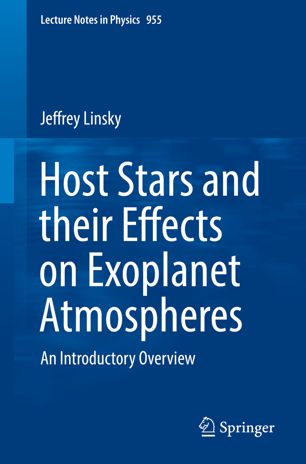

Most ebook files are in PDF format, so you can easily read them using various software such as Foxit Reader or directly on the Google Chrome browser.
Some ebook files are released by publishers in other formats such as .awz, .mobi, .epub, .fb2, etc. You may need to install specific software to read these formats on mobile/PC, such as Calibre.
Please read the tutorial at this link: https://ebookbell.com/faq
We offer FREE conversion to the popular formats you request; however, this may take some time. Therefore, right after payment, please email us, and we will try to provide the service as quickly as possible.
For some exceptional file formats or broken links (if any), please refrain from opening any disputes. Instead, email us first, and we will try to assist within a maximum of 6 hours.
EbookBell Team

4.3
58 reviewsLike planets in our solar system, exoplanets form, evolve, and interact with their host stars in many ways. As exoplanets acquire material and grow to the final size, their atmospheres are subjected to intense UV and X-radiation and high-energy particle bombardment from the young host star. Whether a planet can retain its atmosphere and the conditions for significant mass loss both depend upon the strength of the host star's high-energy radiation and wind, the distance of the exoplanet from its host star, the gravitational potential of the exoplanet, and the initial chemical composition of the exoplanet atmosphere.
This introductory overview describes the physical processes responsible for the emission of radiation and acceleration of winds of host stars that together control the environment of an exoplanet, focusing on topics that are critically important for understanding exoplanetary atmospheres but are usually not posed from the perspective of host stars. Accordingly, both host stars and exoplanets are not studied in isolation but are treated as integrated systems. Stellar magnetic fields, which are the energy source for activity phenomena including high-energy radiation and winds, play a critical role in determining whether exoplanets are habitable. This text is primarily for researchers and graduate students who are studying exoplanet atmospheres and habitability, but who may not have a background in the physics and phenomenology of host stars that provide the environment in which exoplanets evolve. It provides a comprehensive overview of this broad topic rather than going deeply into many technical aspects but includes a large list of references to guide those interested in pursuing these questions. Nonspecialists with a scientific background should also find this text a valuable resource for understanding the critical issues of contemporary exoplanet research.